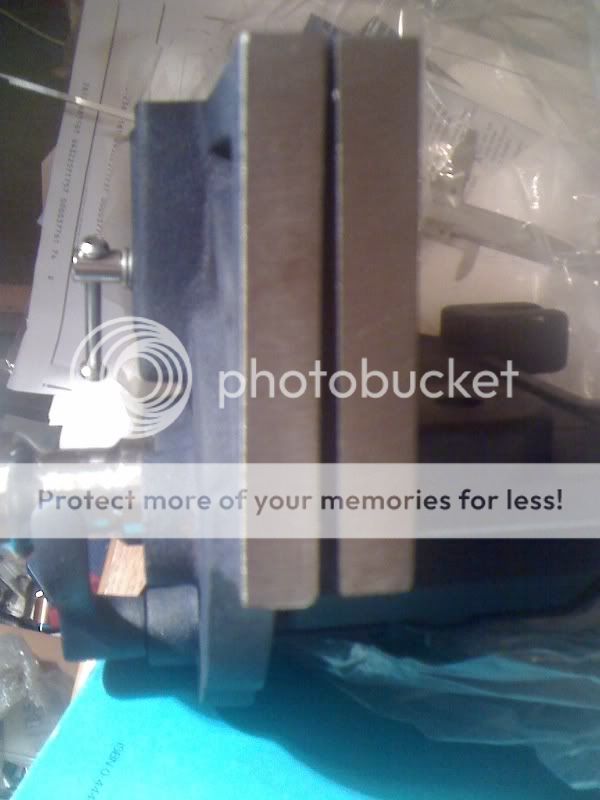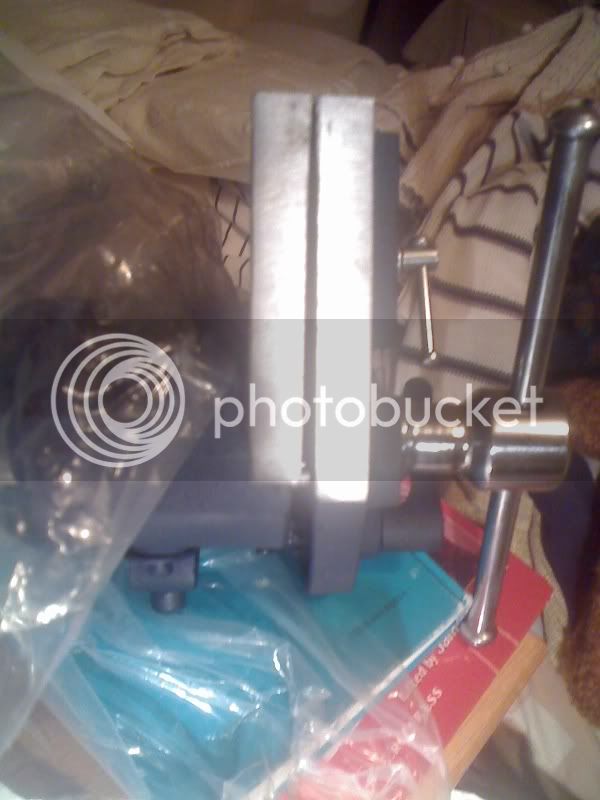woof
Established Member
Just bought a new vice from Axminster, 10 1/2 inch one of their own brand although made by Groz. Now it is my first vice (woodworking  so I don't know if this is usual, acceptable and will not affects its operation.
so I don't know if this is usual, acceptable and will not affects its operation.
The front jaws are different size to the rear jaws, and not by the same amount. One side is 2mm shorter, the other 4mm and so is very obvious. The very top of the 2 are much closer (+/- 1mm when closed). See pictures below which probably explains it better. I did contact Axminster on wednesday, but still waiting a call back. What would you do?


The front jaws are different size to the rear jaws, and not by the same amount. One side is 2mm shorter, the other 4mm and so is very obvious. The very top of the 2 are much closer (+/- 1mm when closed). See pictures below which probably explains it better. I did contact Axminster on wednesday, but still waiting a call back. What would you do?






